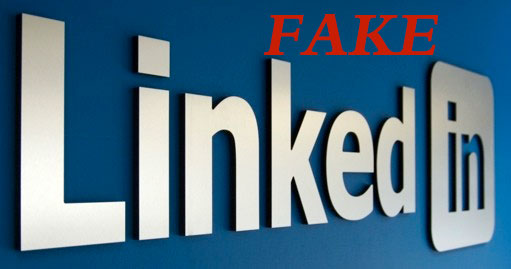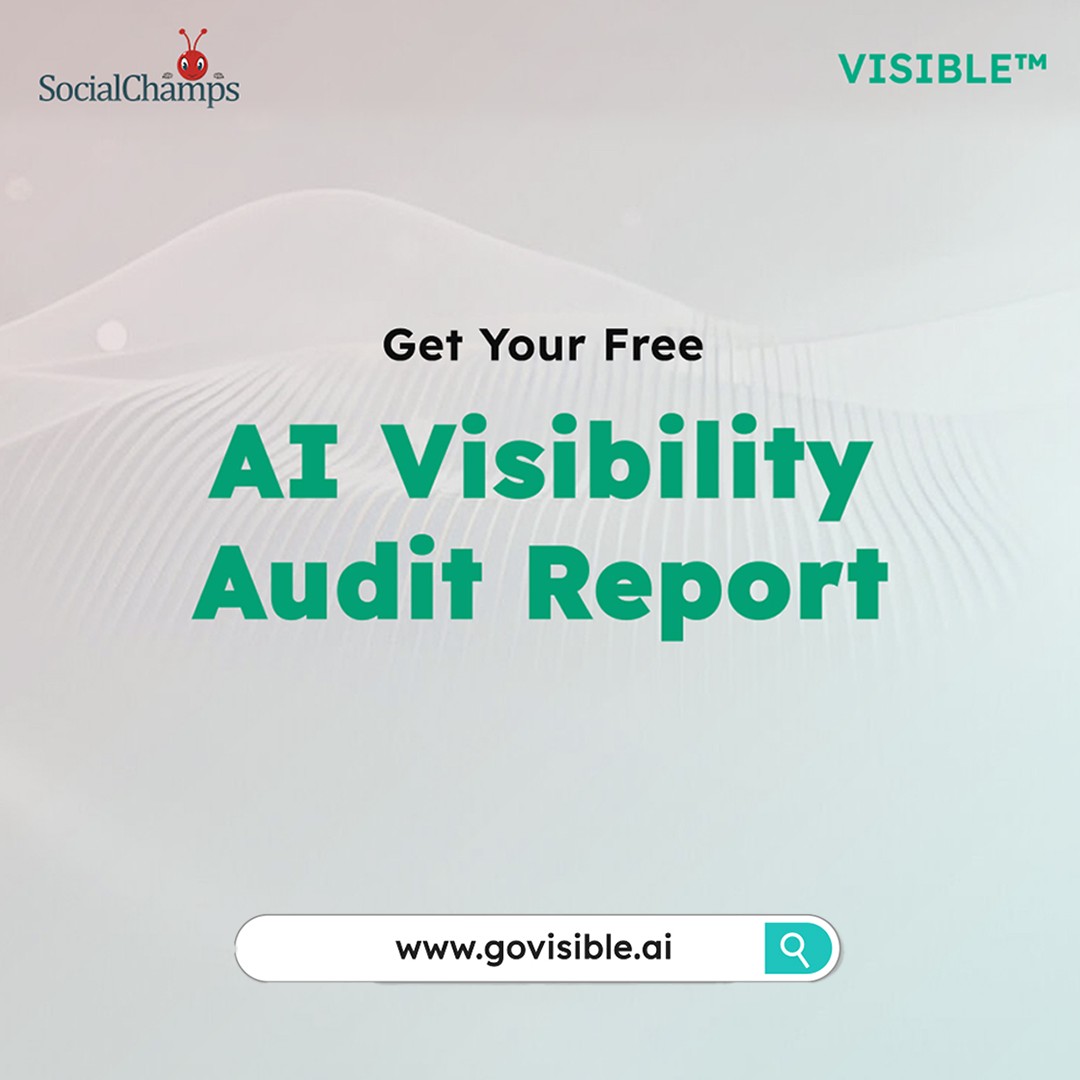LinkedIn serves as a pivotal platform for professionals to network, seek job opportunities, and establish their brands. However, its vast user base has attracted malicious actors creating fake profiles to deceive and exploit genuine users. Recognizing these counterfeit profiles is crucial for maintaining the platform’s integrity and safeguarding personal information.
Does the menace of fake profiles exist on LinkedIn too?
Yes! There are numerous fake profiles on LinkedIn as well. Their aim is to join the network of people and spread the spam messages in their news-feeds and clutter their message boxes with spam messages.

We have discussed in the previous articles of this series that how the fake profiles on Facebook and Twitter can be spotted. Now here are some tips to spot fake LinkedIn:
- Lower case in the name:
Often fake profiles are made in a hurry. Leading imposters to overlook proper capitalization. They may use lowercase letters for both the first and last names instead of following standard name formatting. - Stock Photo:
Imposters cannot show their real face to you or anyone. They usually use search-engines to search for images and take any random picture as their profile picture. - Minimally filled profile:
Imposters need to create a lot of fake profiles. They do not have the patience to dedicate a lot of time to fill every column and share every information on their profile. They fill bare minimum columns.
And most of those columns are those that are compulsory to be filled while creating a LinkedIn profile. - A lot of groups:
The network of importers on LinkedIn may be little depending on how many people accepted them into their network. But within a short time, they join a lot of groups. - Generic company name:
Imposters often list fake companies as their employers, choosing generic or vague company names that lack authenticity. - Rhythmic names:
Creating profiles in a hurry, many times, imposters come up with names on the spot and such names are rhythmic in nature like Sam Smith, Joe Johnson, etc.
Can There Be Fake Profiles That Look Genuine?
Yes! Sometimes, imposters decide to use one profile to con someone. With all patients, they create a complete profile that is detailed in nature. It also carries a decent picture which is a human face.
In order to give summaries on their profiles a genuine look, these people often steal the identities of real people. Suppose, a CEO of a reputed bank sends you to add request. You may see that some other people approach you in a similar fashion. You may open all profiles that look similar and see that links on these profiles direct you to same web-pages. This is a fraudulent backlinking strategy.
What should I do if I come across a fake profile?
If a fake person sends you to add request, do not accept it. If you see any fake profile, flag it and report it as spam. LinkedIn will suspend the account after enough people flag the profile.
Share these warning signs with your network to help others stay safe. Raising awareness can also prevent identity theft and protect your connections from potential scams.
With evolving LinkedIn security concerns, we’ve updated this guide in March 2025 to provide the latest tips on spotting fake profiles. Did you find this article helpful? Share your comments.
Well, below are other articles on a similar content series called ‘Faking the Fakes’, you might like to read them.




0 Comments